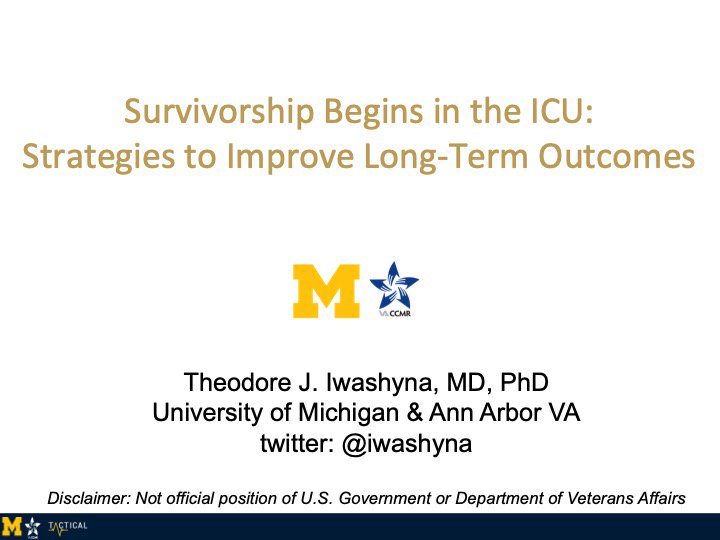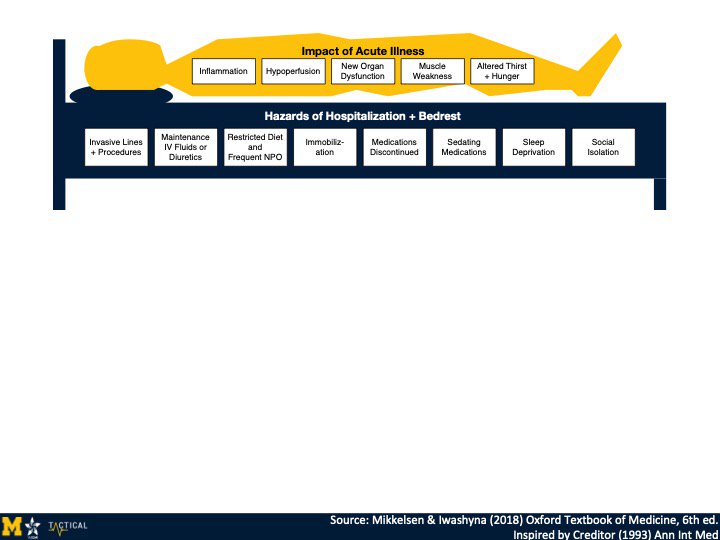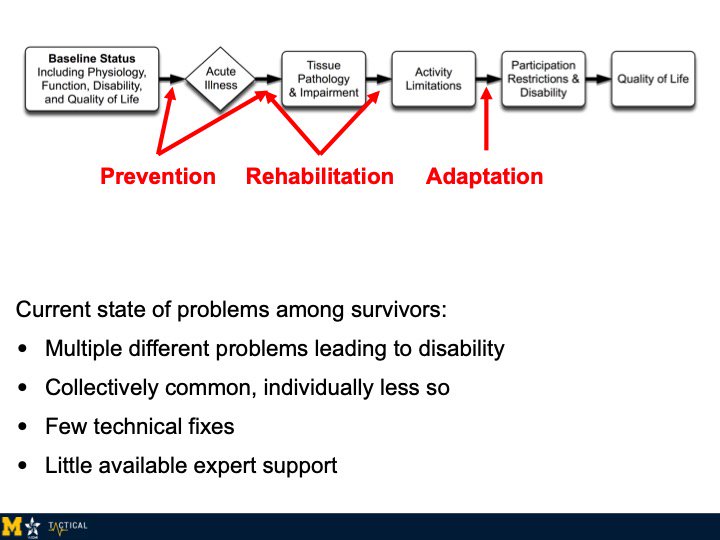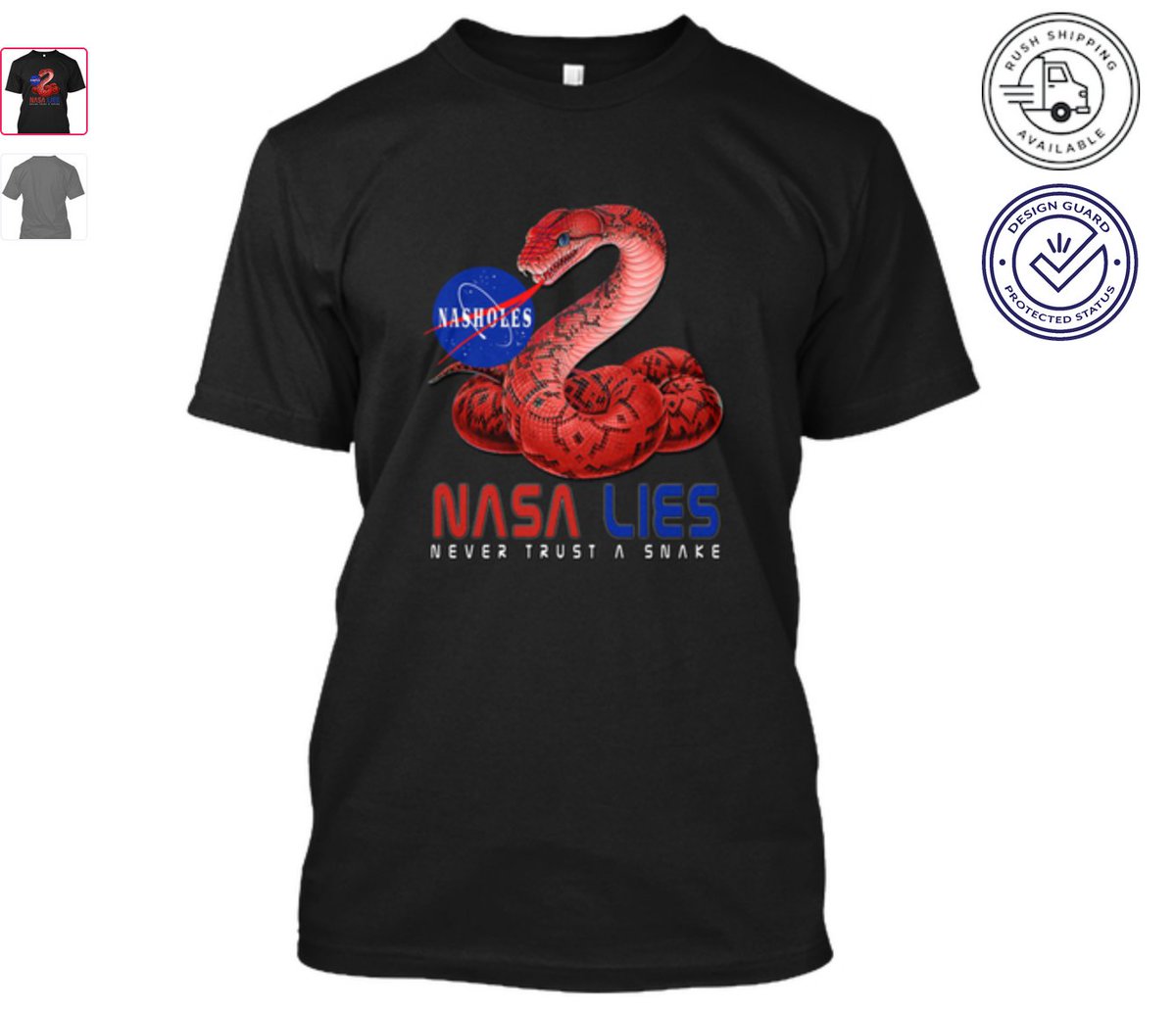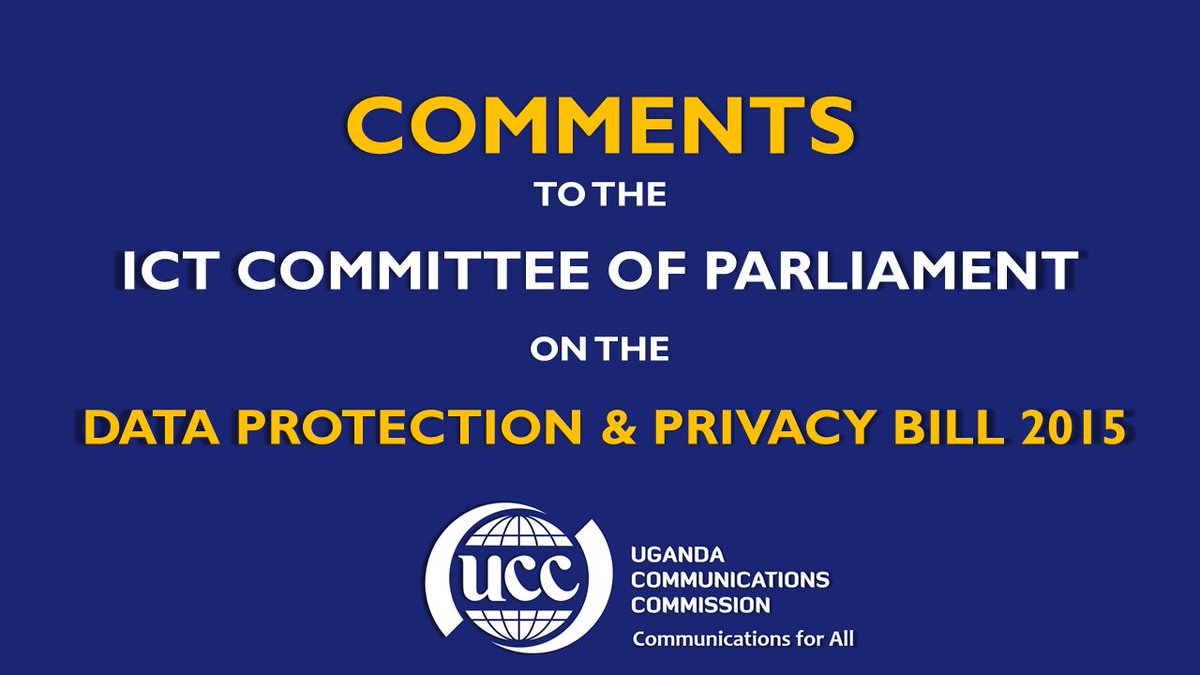

Paper fresh of the press: doi.org/10.1177%2F0165…




1. Manual
2. Difficulty in creating flexible/reusable workflows
3. Lack of transparency
doi.org/10.1109/MIS.20… and doi.org/10.1109/MIS.20…

@Open_PHACTS @CHChichester


Problem is that it is difficult to build a clean data graph

This example is from globalchange.gov reporting on climate change. Where did it get the data from? What science is behind it?


Can we merge the knowledge in data provenance to help us with data reuse? Particularly making data and reducing the degrees of freedom while increasing transparency.
How much "better"?
(..)
Getting clean data out at the end *is* difficult.
"A lot better! "
Automatic generation of knowledge graphs?
Easier to write a SPARQL query than transforming Excel spreadsheet to RDF.
A: Many ways to extract from semi-structured data like SNORKL (?).
arxiv.org/abs/1901.00735
SmartTable: arxiv.org/abs/1805.06353 @krisztianbalog
Dataset Search: toolbox.google.com/datasetsearch



























